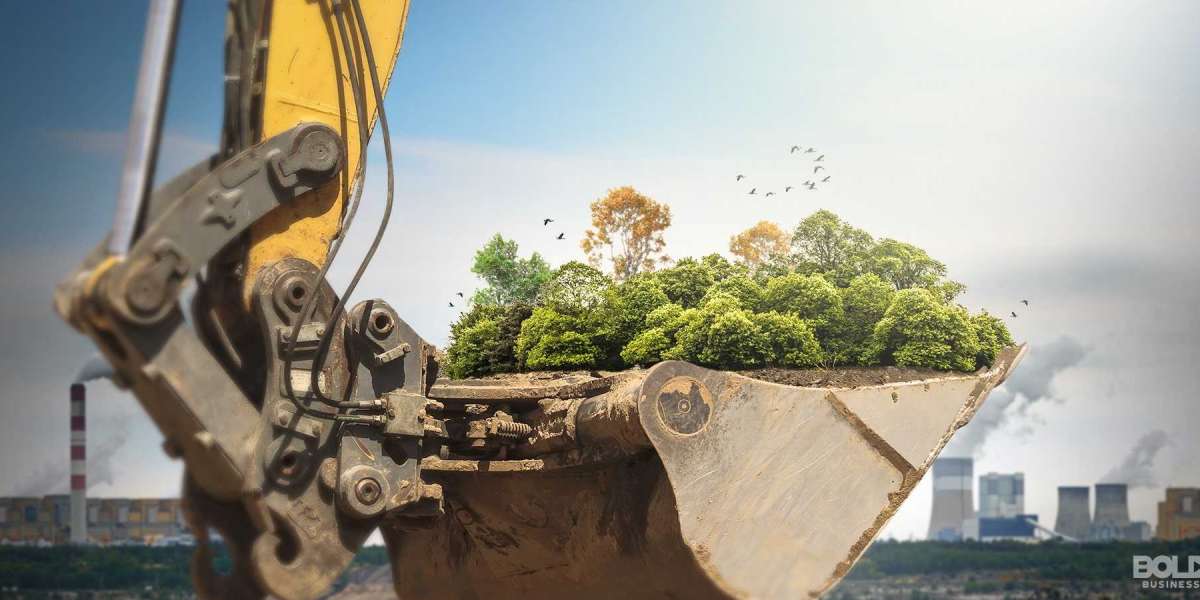When you buy a new house, your environmental impact also increases: 40% of CO2 emissions and primary energy consumption come from its construction and operation. Countries with a lower level of industrialization and high urbanization can have up to 50% of their primary energy consumption in the form of use for domestic activities.
Sustainable Constructions
The construction industry is one of the main contributors to climate change, which is why best practices have been developed to help minimize the impact of the sector on the environment. The guidelines aim to reduce environmental impact during construction, operations and life management.
Sustainable projects try to reduce an environmental impact and improve the well-being of the people who inhabit it. Some key elements are:
- Management of the life cycle, both of buildings with the environment and of urban development.
- Energy efficiency and rationality in its use.
- Reducing your home's water use is not only good for the environment, but it's also good for you and your family. Conservation can lead to saving money and conserving resources. For example, fixing a leaky faucet can save up to 3 gallons per minute or a leaky shower head 5 gallons per minute.
- The use of recyclable and renewable resources in the construction, operation and prevention of waste and emissions.
- The process of identifying different types of inputs and refined materials so that they can be used in the manufacture of products.
- This can be achieved with the use of modern engineering techniques. With these, you can increase construction speed and accuracy, saving resources and time. It goes without saying that this allows workers to focus on other tasks that are equally important.
- A building can be made environmentally friendly by employing measures such as renewable energy sources and recycling.
- You can change the habits of people and communities in the way they use buildings so that they reduce their impact during operation and increase their useful life.
Bioclimatic Architecture
It is one that achieves a comfortable environment inside through its own design, optimizing the renewable energies of its environment through passive air conditioning systems, that is, without the contribution of energy or external equipment.
The word "passive" comes from the architect Edwad Mazria and his book Passive Energy published in the 1970s. This section explores the principles of solar energy capture, storage, and distribution for each type. It takes into account the four main habitability factors when looking at climate types. His conclusions refer to the popular architecture of each place, affirming that it is the one that best adapts to its environment.
The principles on which it is based were used by the ancient Greeks for divination purposes. Many ancient Greek cities were arranged in squares, with the living spaces facing south and connected to an open-air courtyard via a portico. This allowed them to take shelter from the sun and at the same time benefit from the cooling breeze.
The use of this principle can be seen in ancient China and the Roman Empire. The Romans also discovered the greenhouse effect by using glass produced from thin layers of mica in their baths and hot springs. They placed this type of glass regularly with the northwest side, this is called natural heating, where they seek maximum solar gain in the afternoon and mainly during winter.
Since the industrial era, there have been a series of advances in new technologies such as air conditioning and lighting that have resulted in a new architectural style that prioritizes the systematization of construction processes.
Bioconstruction as Sustainability in Construction
Healthy materials are used to build constructions that do not harm the environment, recovering traditional techniques and incorporating the latest technologies to design buildings that are more suitable for the climate, location, and its inhabitants. Passive house materials include natural and breathable options against petroleum derivatives, incorporating bioclimatic features such as greenhouses, geothermal energy and Trombe walls that condition the home. It also includes the elimination of the waste generated in the home and the electromagnetic forces that affect it.
Biomimetic Architecture
The living systems model suggests a shift in business models towards more efficient and effective systems based on the nature of living things. It is based on the belief that evolution has always chosen the most successful paths based on resources and energy use, even if it took 3.8 billion years of evolution on earth to get to this point.
Using termite mounds as an analogy, we can design evaporative cooling systems that capture heat from the sun. Reptile metabolism was studied to find an eco-friendly way to build structures that uses less energy.
Cradle to Cradle
It is a concept devised by the architect William McDonough and the chemist Michael Braungart. In the book of the same name, they propose a sea change in our current industrial system leading to a second industrial revolution. It is also worth considering more natural efficiency models. For example: living beings that die and do not produce waste.
Bioclimatic construction involves a number of different methods and practices. You could summarize it as all the materials we use, both for construction and for the rest of the industry. Technologies such as upcycling or the incorporation of technical assets are often used in this type of project.
Biodegradable or recyclable materials are recommended. This means that the product must return to the earth in the form of compost or be recycled with a minimum of energy, including aluminum, steel, etc., which will remove any toxic substances.








